How to Deer Hunt – 9 Basic Tips & Tricks
Last Updated on
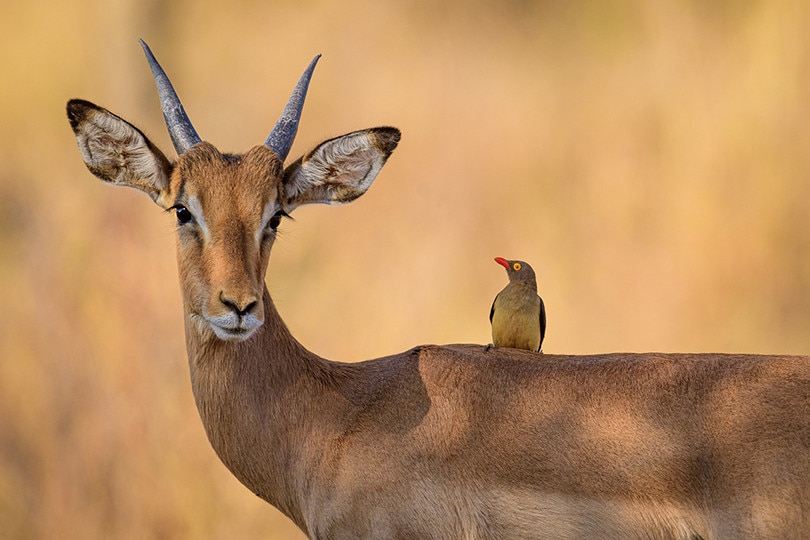
Some people presume that deer hunting is a practice that came with the dawn of modern civilization, but this is not true. Anthropologists have found cave paintings in France and various artifacts in Germany that prove otherwise.
They weren’t just hunted to provide food, though. Deer hunting was also a hobby, a means to control their population, protect crops, and earn antler trophies.
The reasons haven’t changed much since then. The only difference is that more and more communities have embraced this practice. If you’re part of the group that’s considering giving it a shot, these tips and tricks will help you to hone those hunting skills.
How to Deer Hunt – 9 Basic Tips & Tricks
1. Understand your quarry
Before going hunting, you have to first understand the deer’s way of thinking. They might not have brains that are as complex or advanced as the human mind, but all animals have predictable behavioral patterns. Learn whatever you can about where it sleeps, what it eats, the time it’s most active, and more importantly, its preferred habitat.
One of the first things that we learned about the deer is how adaptable it is. It can practically survive in any habitat, be it a city woodlot or dense forest. Nonetheless, there’s a constant in that behavior. And it’s the fact that they like roaming where there is a change in flora. For example, where the grasslands meet a road or a steep hill.
In addition, don’t be quick to assume that the deer is a nocturnal creature. They are notoriously crepuscular and will only move under the cover of darkness if a predator is hot on their heels. Crepuscular means they feel comfortable moving at the crack of dawn, or during dusk.
They do love acorns, but if their food supplies are running low, they’ll settle for soybeans or browse. They’ll feed, and then immediately go back to their bedding areas. These are places where they feel safest—protected from any danger that might be lurking in the shadows.

2. Weapons considered appropriate for deer hunting
The ideal deer hunting weapon will be dictated by the season. There’s the firearm season and the one where you’re expected to only use bows.
In North America, the period starting September through to February is called the bowhunting season. The firearms season doesn’t have a specific calendar period, and it only lasts for 2 weeks max. But in some states, it’s only a week long.
As a beginner, we would encourage you to start practicing during the firearms hunting season. At least with the firearm, you only have to learn how to breathe and be patient, before pulling the trigger. In bowhunting, there are so many factors to take into consideration.
First off, you have to learn how to handle all the different types of bows. Then learn how to shoot arrows using those bows (without putting yourself or anyone else in harm’s way) before learning how to work with the bowstring silencers—a silencer is a tool used as a solution to the “jumping the string” problem.
We are cognizant of the fact that we have several types of bows on the market. However, it’s important to note that not all of them are legal when it comes to deer hunting. Back in the day, we were only allowed to use recurve and compound bows. Crossbows are a recent introduction.
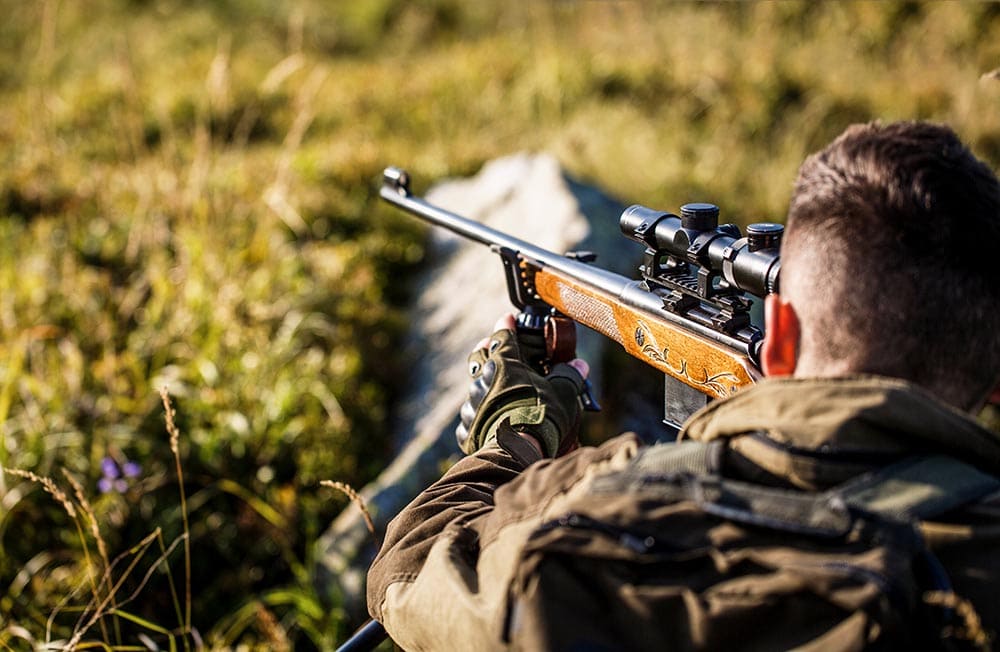
3. Public vs private land hunting
We’re lucky in this country because there are adequate parcels of public land dedicated to hunting deer. But depending on how you see it, that could be a double-edged sword. You see, even though we love to interact with different hunters in this community, we also have to acknowledge the fact that deer hunting is not a team sport.
The deer is a very sensitive creature. If it hears an uncanny or unnatural sound—even if it hasn’t spotted anyone yet—it will run.
This is what we often do while deer hunting on public land. Wake up very early in the morning and get to the grounds before others do. If you’re late, say hi to everyone, but don’t go where they are going. Go the opposite direction.
Also, try to talk to as many hunters as possible to get acquainted with their plans. That way, you’ll know how to not interfere with anyone’s plans, and they won’t interfere with yours.
Private lands are the best for beginners. You’ll probably have a family member or a friend with you. Permission is always granted by the property’s owners, and it has to be in writing. Not asking for permission is an offense, and you’ll be treated as a trespasser. Even if your intentions are pure.
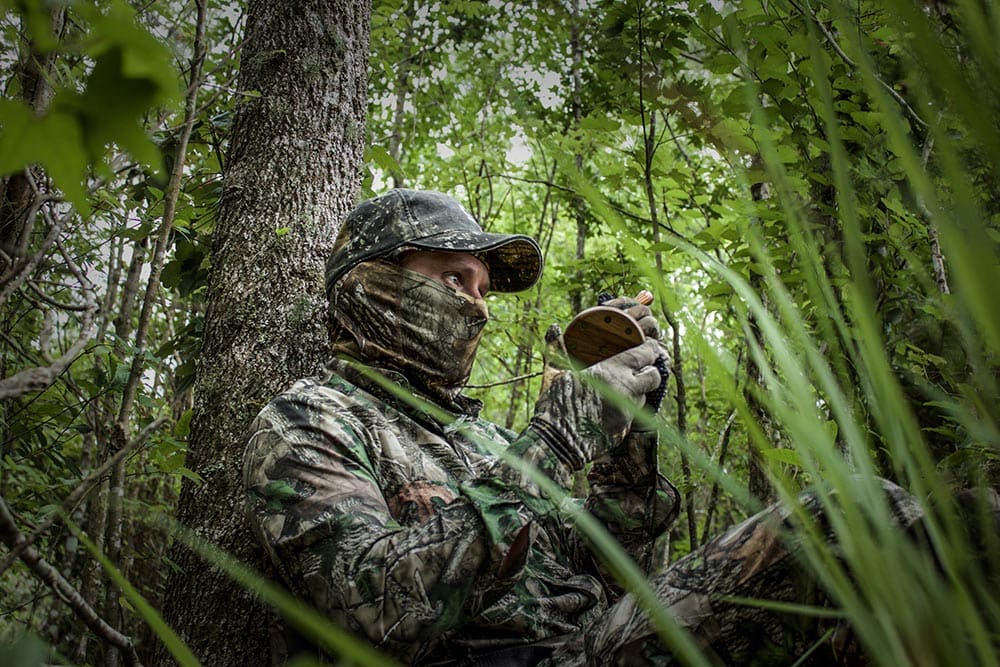
4. Think about wind direction
The wind’s movement is a critical factor in deer hunting. If you’re going to hunt a deer, you have to hunt downwind from it. Otherwise, it will just smell you from a distance and run. It’s possible to reduce your scent, and maybe even get within range, but that’s only if you’re hunting an immature deer.
You’re advised to stay away from creek bottoms, by the way. Those swirling winds will make masking your scent virtually impossible, as you won’t be able to predict their movements.
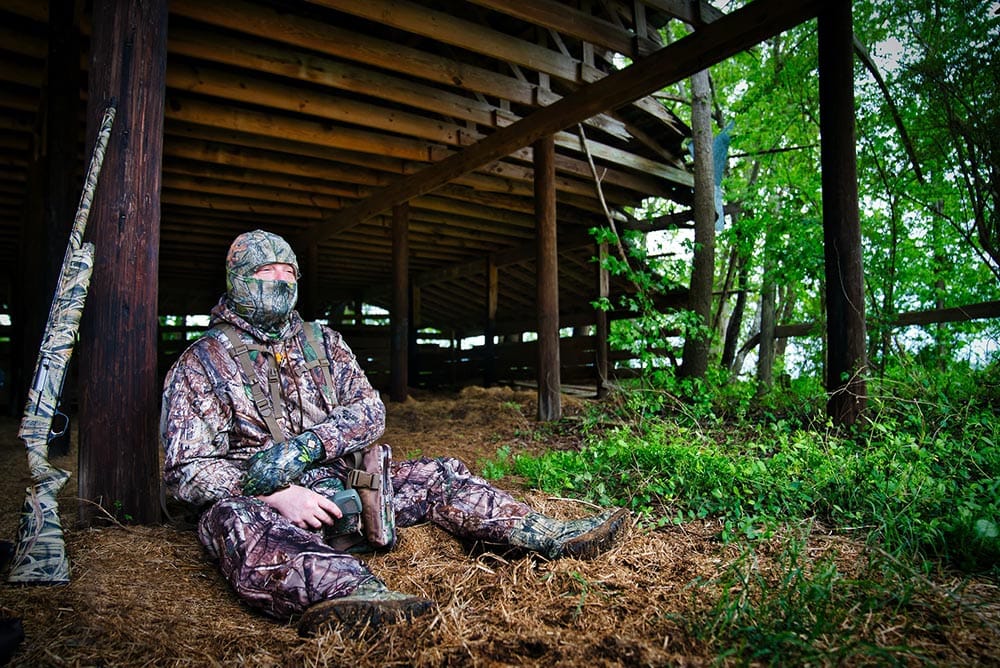
5. Deer hunting techniques
You could either still-hunt a deer or stand-hunt it. In some circles, the stand hunting technique is referred to as stationary hunting. It’s common among bowhunters, who prefer sitting on a rock or leaning against a tree. There’s no movement whatsoever with this method.
Still hunting is the complete opposite. There are a lot of movements, albeit very slow and technical. You cannot just change position, as if you’re seated on a couch. Anything drastic can and will startle any deer in the vicinity.
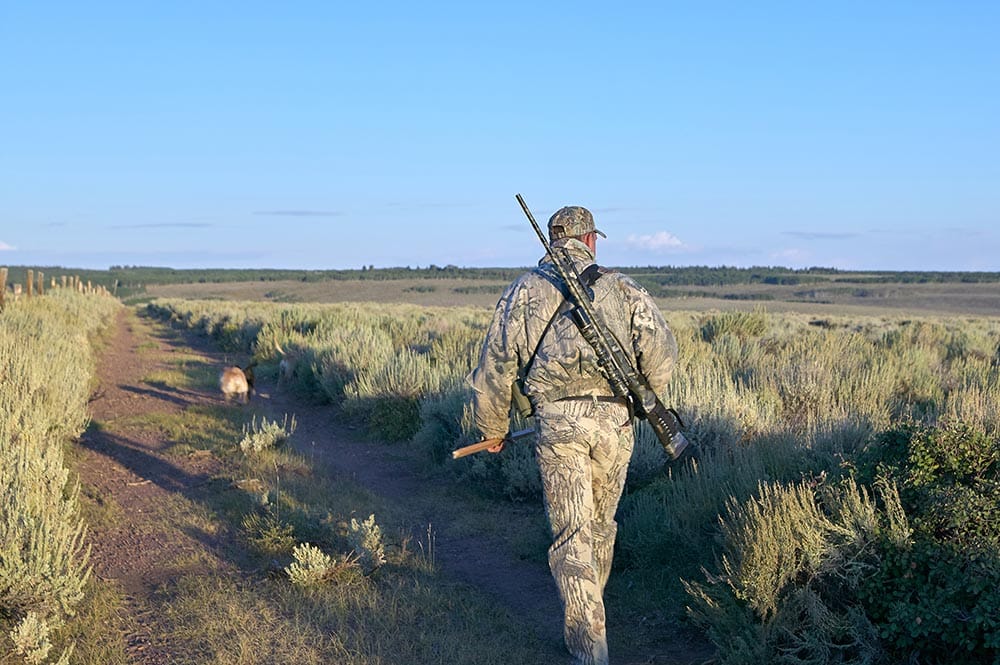
6. Shooting a deer
Learn deer biology before going out there. It’s a cardinal sin to shoot a deer in any other place other than the kill zone. This is the area of the animal’s body that has all the vital organs. The goal is to make it fast and painless.
From our experience, the most efficient way of killing a deer is through the lungs. That’s why we usually go with a double-lung shot. But to achieve that, the deer has to be slightly quartering away.
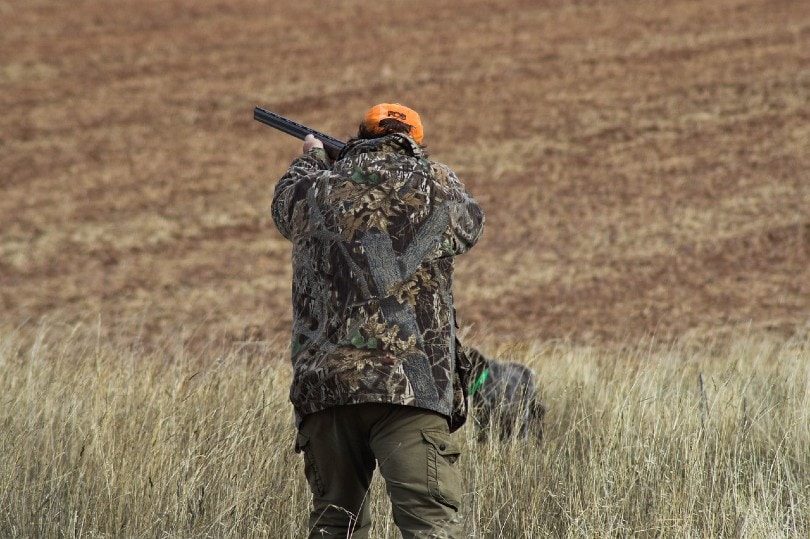
7. Scent control
This animal’s nose is remarkably adept at detecting danger to an extent that it knows when there’s an unusual smell within its home range. And because we’ll need more than a couple of seconds to take the shot, we have to find a way to reduce our body odor. Completely eliminating it is not possible, given we’re humans and sweating is a biological function.
Our scent control tips are basic. Just don’t use any scented soap, detergent, deodorant, or eat spicy food.

8. Using attractants
An attractant is anything that has the ability to attract an animal of any kind. For example, pheromones are normally considered attractants. But you have to talk to the local authorities and find out if it’s okay to use attractants in your state, as it’s not legal in every state.
Once they give you the green light, go for the “doe in heat” urine. It’s always in small bottles, and well-labeled. All you have to do is to soak an old piece of clothing in it, and then wrap or tie it to a stick.
Drag the stick on the ground where you’ll be waiting for the deer, to make sure the smell covers a wider area. We’re 100% certain that after a couple of minutes a deer will show up and you’ll get your shot.
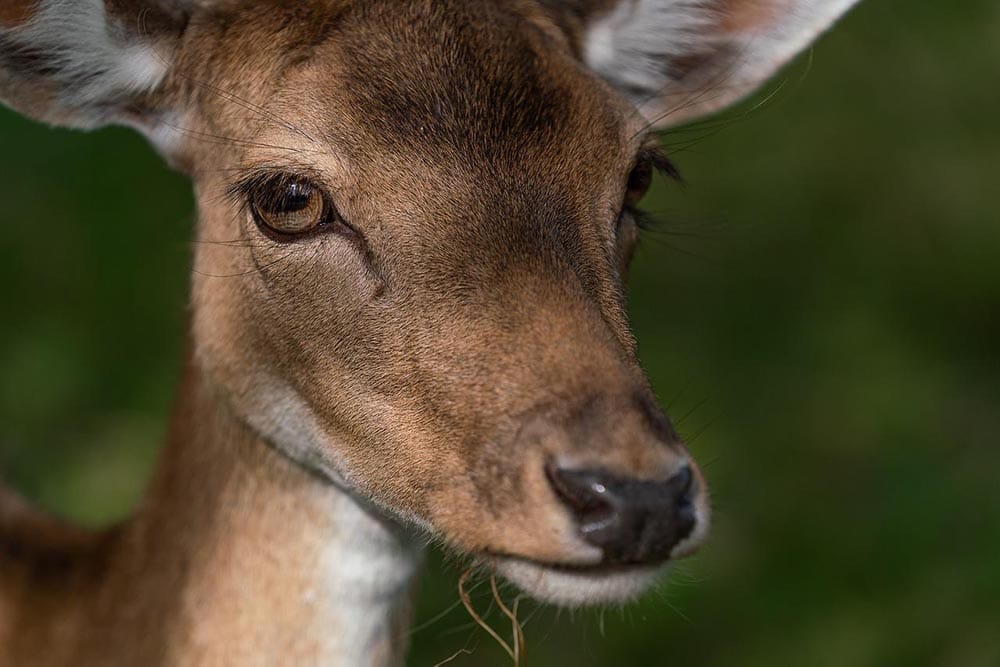
9. Processing
“Processing” is just a politically correct term for butchering. Once you’ve got your deer out of the woods, you have to process it. And there are two ways of going about this: either do it yourself or pay a processor that deals in wild game.
We’d encourage you to pay a processor if you’ve never processed wild game before because there’s a way you’re supposed to do it. Alternatively, reach out to a family member or friend who has the pre-requisite experience.

Wrapping Up
Newbies are always advised to hunt the deer from a blind or tree stand. Fooling this animal’s senses will be a lot easier for you if you’re hidden or in a stationary position. Also, don’t forget to carry all your equipment. You’ll need a tree stand safety harness, a pair of binoculars, some hunting boots, and camouflage clothing.
You might interested:
Featured Image Credit: matrishva, Pixabay
About the Author Robert Sparks
Robert’s obsession with all things optical started early in life, when his optician father would bring home prototypes for Robert to play with. Nowadays, Robert is dedicated to helping others find the right optics for their needs. His hobbies include astronomy, astrophysics, and model building. Originally from Newark, NJ, he resides in Santa Fe, New Mexico, where the nighttime skies are filled with glittering stars.
Related Articles:
How to Collimate Binoculars: 9 Expert Tips
How to Clean a Rifle Scope: 8 Expert Tips
How to Choose Binoculars for Bird Watching: 10 Expert Tips
How to Clean a Refractor Telescope: Step-by-Step Guide
How to Clean a Telescope Eyepiece: Step-by-Step Guide
Monocular vs Telescope: Differences Explained (With Pictures)
What Is a Monocular Used For? 8 Common Functions
How to Clean a Telescope Mirror: 8 Expert Tips
